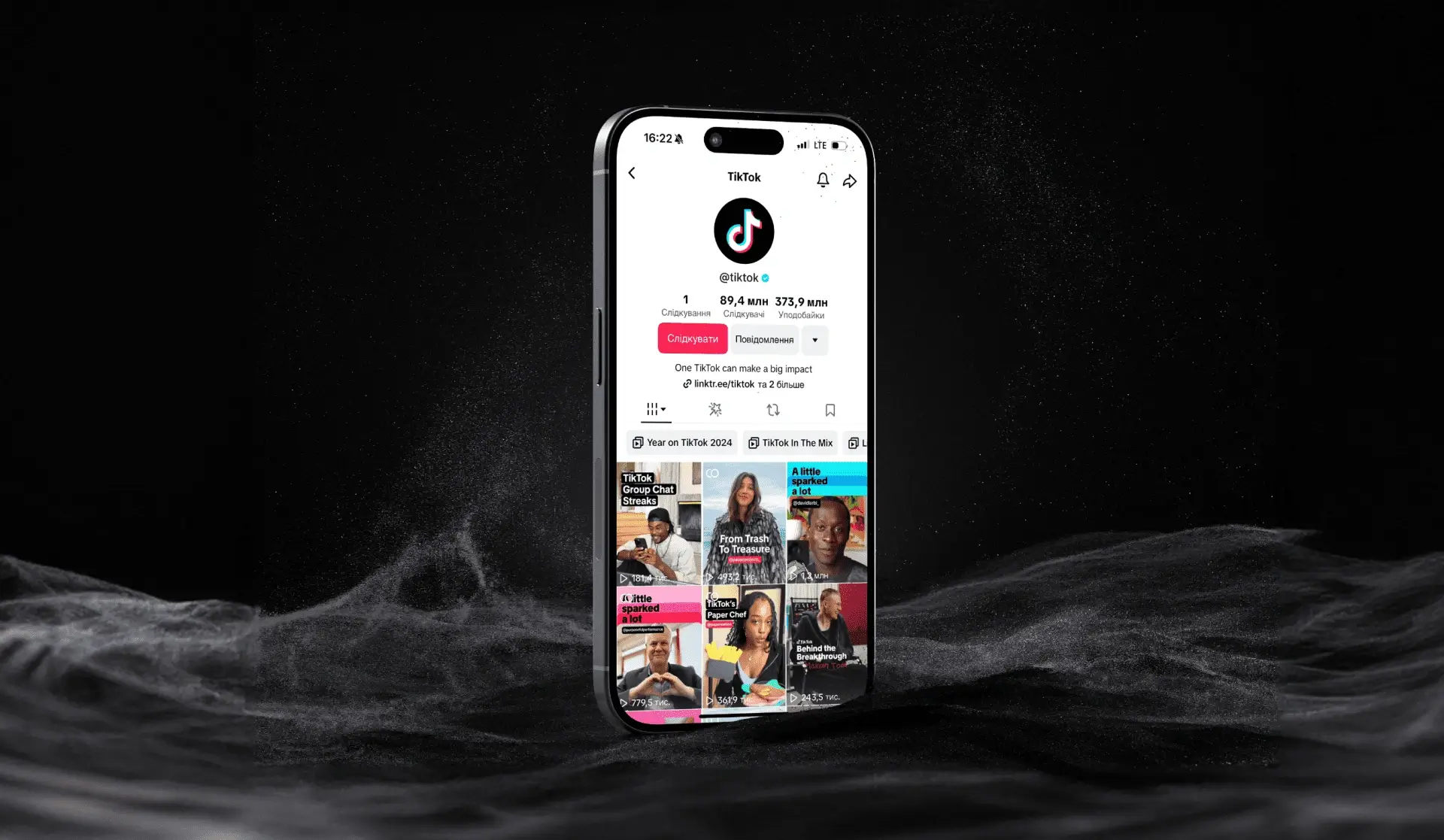
TikTok already has more than a billion active users, and the platform is growing faster than traditional social networks. For businesses, this means broad coverage, a low entry threshold, and quick hypotheses without lengthy productions. Below is a short “complete guide” that will help you understand how to advertise on TikTok and reach stable leads. We will go from account preparation to scaling while maintaining a practical tone and specificity.
Before starting, create a business account and connect TikTok Pixel via TikTok Ads Manager or TikTok Ad Account. This will provide events, audiences, and attribution to optimize conversions. If you launched on other networks, the logic is similar: site events → data → smart strategies. Additionally, check TikTok's domain, privacy policy, and correct registration. It is at this stage that you lay the foundation for how to set up TikTok ads without losing data.
Mark key events (ViewContent, AddToCart, Lead, Purchase) and add value. On TikTok Ads, activate Advanced Matching for better matching. Domain verification is required for events to be attributed correctly. The clearer the data, the smarter the algorithm. This is critical for setting up TikTok ads for conversions.
Before uploading creatives, make sure that ads don't fall into prohibited categories, and that the landing page is transparent and secure. Consider the requirements for texts, visuals, and ad campaign placement. This way you will avoid deviations and speed up admission. This even affects the CPM of Tik Tok ads.
Formats are chosen for the task, not “what is more beautiful”. Use reach and views to warm up, and use traffic and conversions for performance. Remember that TikTok ads love nativeness and live content. Start with simple setups, then increase complexity. This makes it easier to figure out how to launch ads on TikTok without burning your budget.

Here are key TikTok ad campaign formats that can help you achieve your goals:
These options are a quick answer to the question of how to set up ads on TikTok: start with In-Feed, add Spark, then test cards.
If you have a new domain and don't have enough data, use Traffic for initial training. When events stabilize, go to “Leads” or “Conversions”. This is how quality increases, but CPA decreases. This approach helps launch TikTok ads safely.
TikTok's strength is its signals of interest and behavior. Use broad settings to get started, and use narrow hypotheses through ad groups. Be sure to separate geo and age clusters. And plan retargeting for pixel events right away — this is the basis for setting up a TikTok target effectively in a short time.
Before you “beat the audience a lot”, test the broad grids:
This way you will understand where TikTok ads catch the best and where to transfer the budget.
Create a retarget from visitors, step-by-step guide: ViewContent → AddToCart → Purchase. Then Look-alike 1-3% on value events. This is a performance classic and the answer to the question of how to systematically set up a TikTok target with increasing scale.

Budget by funnel: 60-70% for performance groups, the rest for warm-up and tests. Set your daily limits in such a way as to collect statistics (at least a few target events per week). Use standard shipping so you don't “eat up” your budget ahead of time. This is the basis for launching TikTok ads without overheating.
To effectively launch and scale your TikTok ad campaign, follow these budget guidelines:
This is how TikTok ads exit training faster.
If there are enough events, switch to OCPC/Lowest Cost with a cap. Turn on the frequency limit during the warm-up so as not to “burn” the coverage. For remarketing, on the contrary, higher is acceptable. This significantly improves the advertising economy on TikTok.
The algorithm rewards dynamic videos shot “like for a tape” rather than “like a TV spot”. Make selling sense in the first seconds. Add subtitles — up to 80% watch without sound. And keep the 9:16 vertical — TikTok doesn't like compromises. This way you will understand in practice how to make TikTok ads “clickable”.
Define a trigger in 1-3 seconds, consolidate the benefits and show the product in use:
These elements ensure high audience engagement and conversion rates.
Change only one element per launch (A/B): hook/offer/visual. Capture winners and scale them up. This process is the core of how to set up TikTok ads for a stable ROI.

Run batch tests for 3-5 creatives in a group, keep the same settings for “clean” comparison. At the campaign level, there is only one goal. At the group level, there is one audience. At the ad level, there is one creative hypothesis. This procedure answers the question of how to set up ads on TikTok structurally and avoid “noise”.
Before the batch, write down the rules:
A TikTok advertising campaign becomes more effective and saves the budget when using clear optimization criteria.
Scale in steps of 20 to 30% per day, or duplicate bundles into new groups. Expand LAL percentages and geos, and add new creative “angles”. If efficiency drops, roll back to the last stable point. This way you can confidently launch TikTok ads in several markets.
Short cost cheat sheet. To understand how much advertising costs, focus on CPM/CPV in the niche and set a test budget for 2-3 weeks (training cycle). When metrics are stable, scale. This is the safest way for a Tik Tok ad campaign to become a managed channel rather than a “lottery”.
Submit a request, our head of analytics will contact you and show you how we will achieve results for your business